Best Starter Plants for a Collection
Posted by Megan Nichols on Oct 2nd 2020
Houseplants… who can have just one (or even just two, or three)? Plants create a cozy, calming, nature-filled environment that provides mental, physical, and emotional benefits. Curating your very own collection of indoor plants can be thrilling, but also a little daunting. Here are some tips and tricks (and easy-care plants) to help new and aspiring plant collectors get started.
First things first
If you’re just starting out, keep your collection small, keep it simple. The best way to begin curating a collection is to focus on collecting plants that are easy care. This will make it possible to add several at one time with less hassle.
Know the light in the room in which you are curating your collection. Which way do the windows face? Are there buildings or trees that are blocking some of the light? Generally, rooms with North facing windows are low light, East facing windows are bright indirect or medium light, and South and West facing windows are bright or bright indirect light.
Do you want plants on the floor, table and shelves, or hanging plants, or a combination? Take this into consideration as you choose plants for your space. Also, keep in mind how much space you truly have to work with. Plants can often easily take up more room than you realize once you get them home.
Onto some plants! Here are a few easy care options.
Pothos

Pothos come in both upright and trailing varieties, making them perfect for the table top and hanging baskets. These climbers love to cling to a moss pole, which also makes them a great floor plant.
Grow Pothos in medium to low indirect light and let soil dry completely between watering.
Hoya
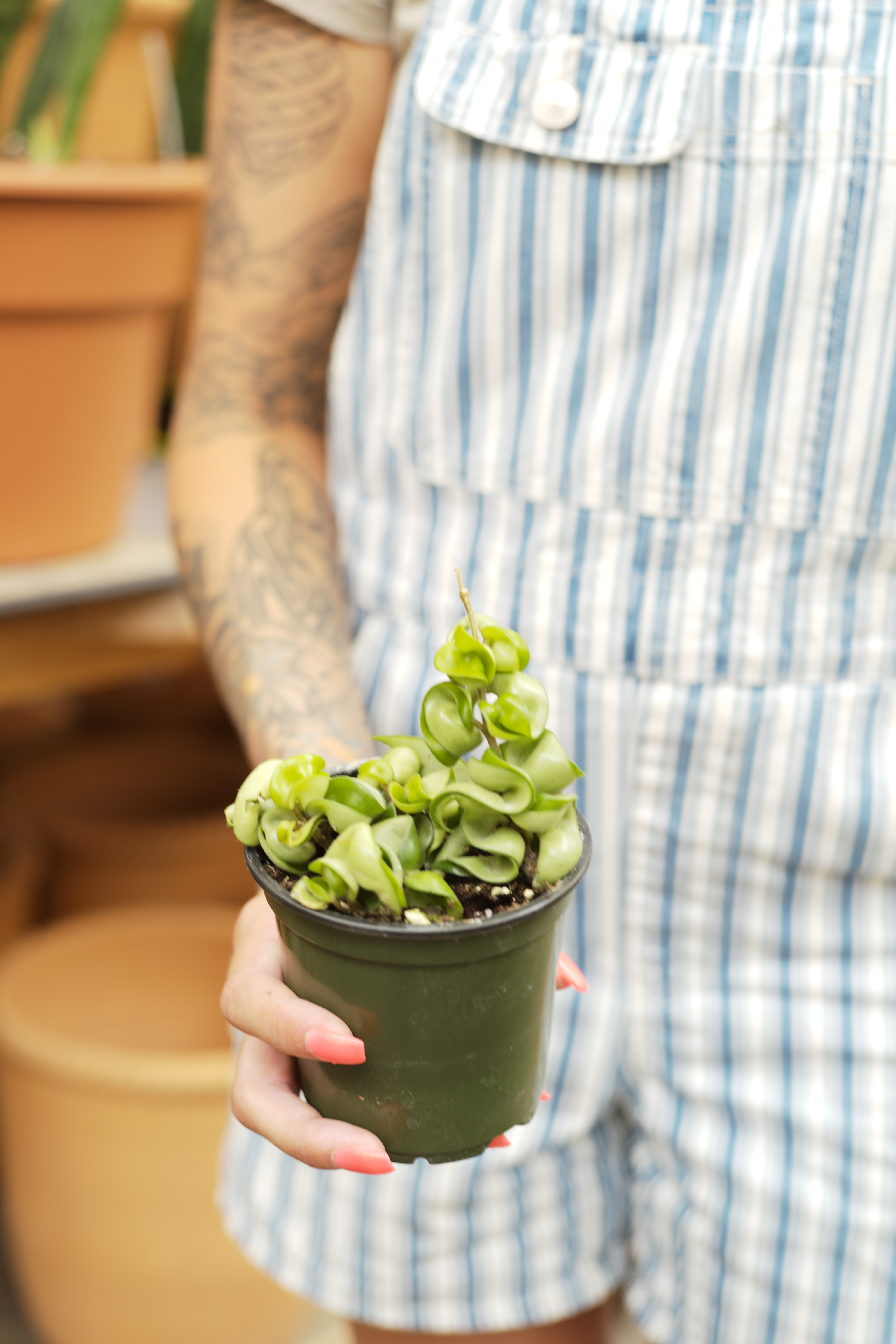
Hoyas, if given room to roam, will make their way around a room (get ready to invest in some plant hooks or clips!). Don’t cut the tendrils, as this is where they will bloom (which can take awhile, so be patient). They also like to be pot bound, so no need to be in a hurry to move a hoya into a larger home. Hoyas like medium light to bright, indirect light with no direct sun.
Hoyas should be allowed to dry out a bit before watering. If the leaves start to pucker a bit from drying that’s OK, just water at that time. Hoyas will rot and die if their soil is consistently moist, so be patient and let it dry down.
Syngonium
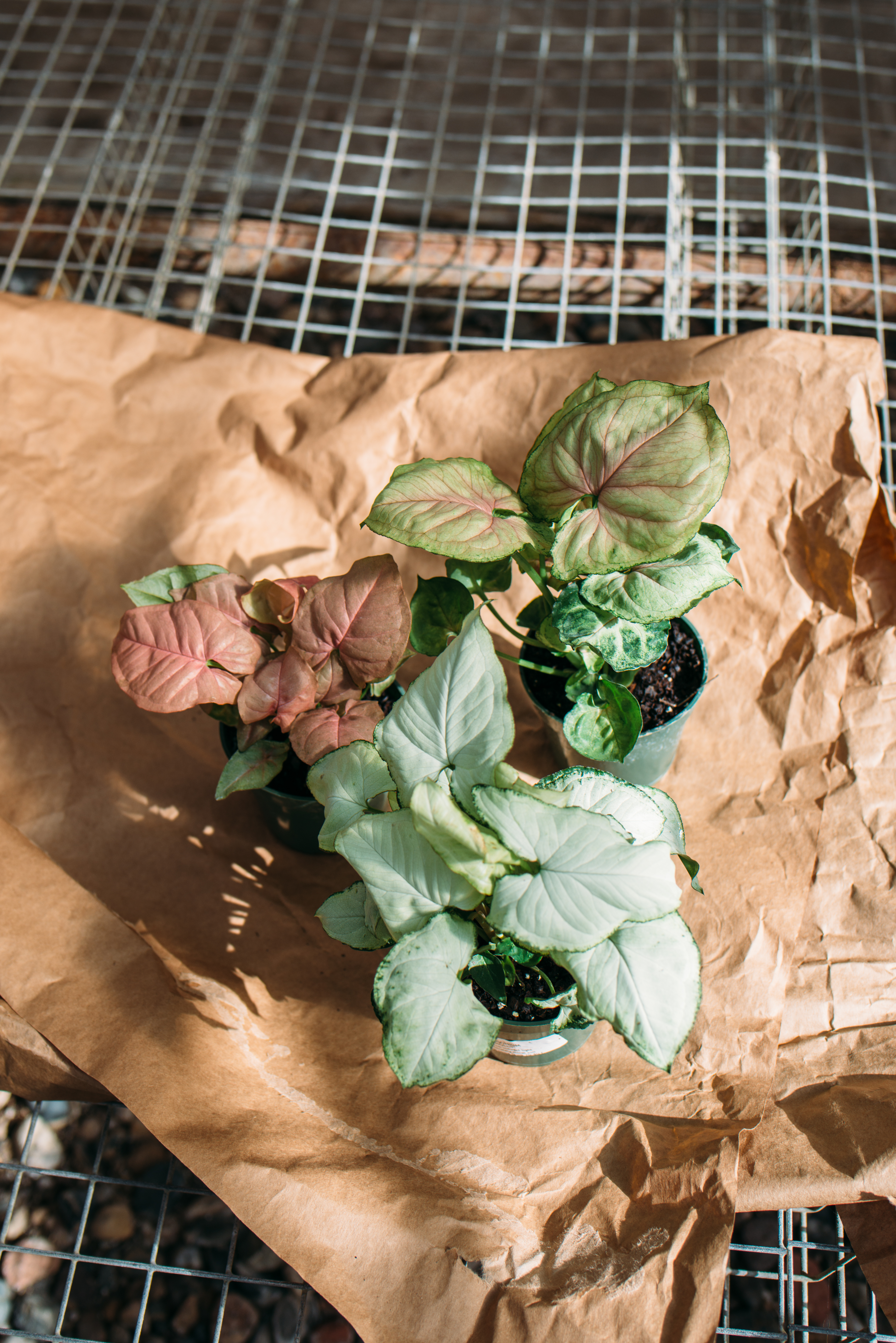
Syngonium 'Neon', 'White Butterfly', and 'Berry'
Also called the Arrowhead Plant, this plant can take quite awhile to actually vine or trail, and can be easily maintained as a compact, mounding plant if preferred.
Syngonium is an aroid, and as with many aroids, as the leaves grow larger over time they can become lobed.
Grow Syngonium in bright, indirect light and maintain evenly moist soil. This will mean more frequent watering during periods of active growth, less watering during dormant months.
Sansevieria
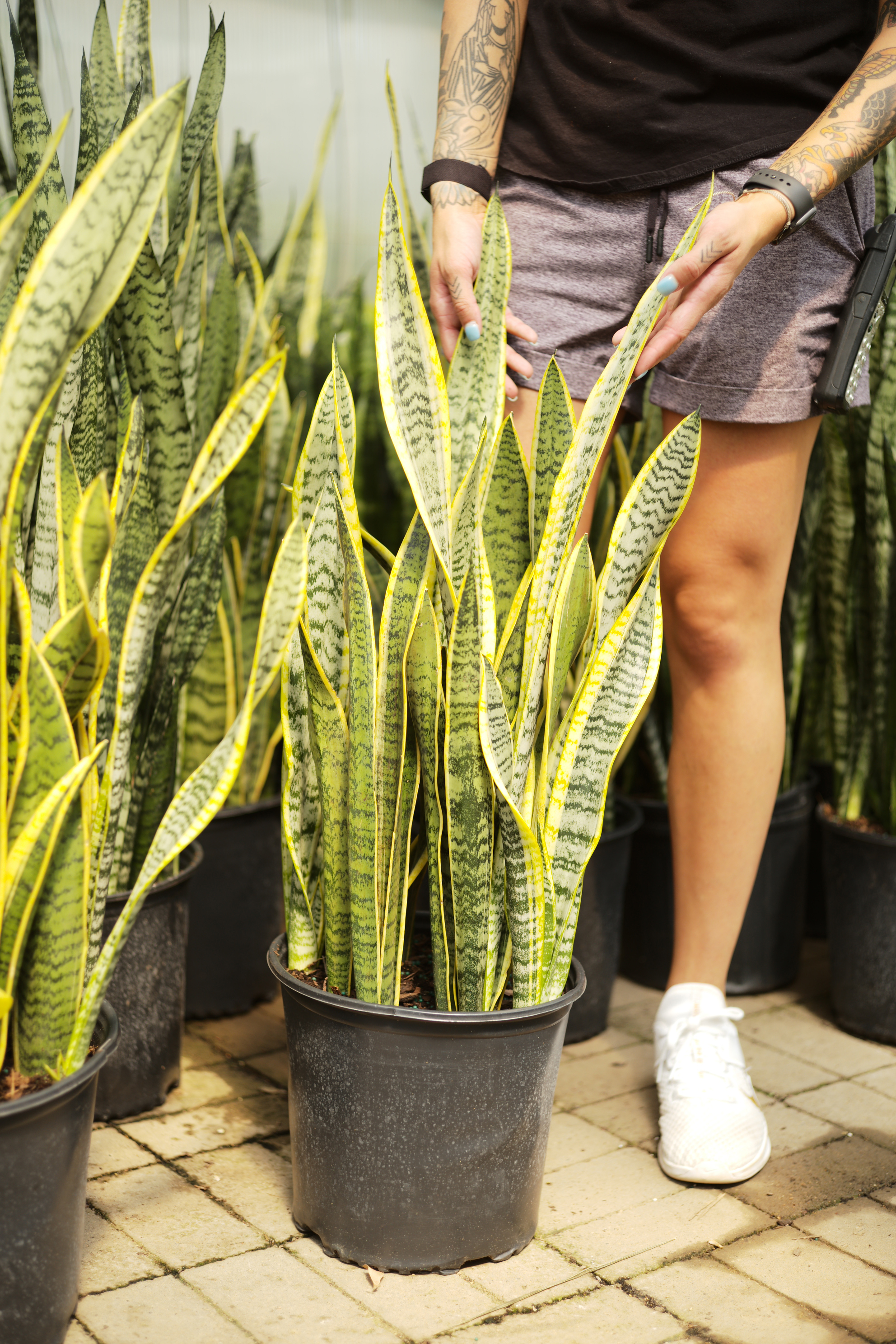
Saseveria can survive in low light conditions and have low watering requirement. Although they will grow better in high light conditions, they are well known as one of a few plants that can survive far away from a window or in a room with North facing windows.
Grow in low light to bright, indirect light. Water when soil is dry all the way through, sometimes only once a month.
Peperomia
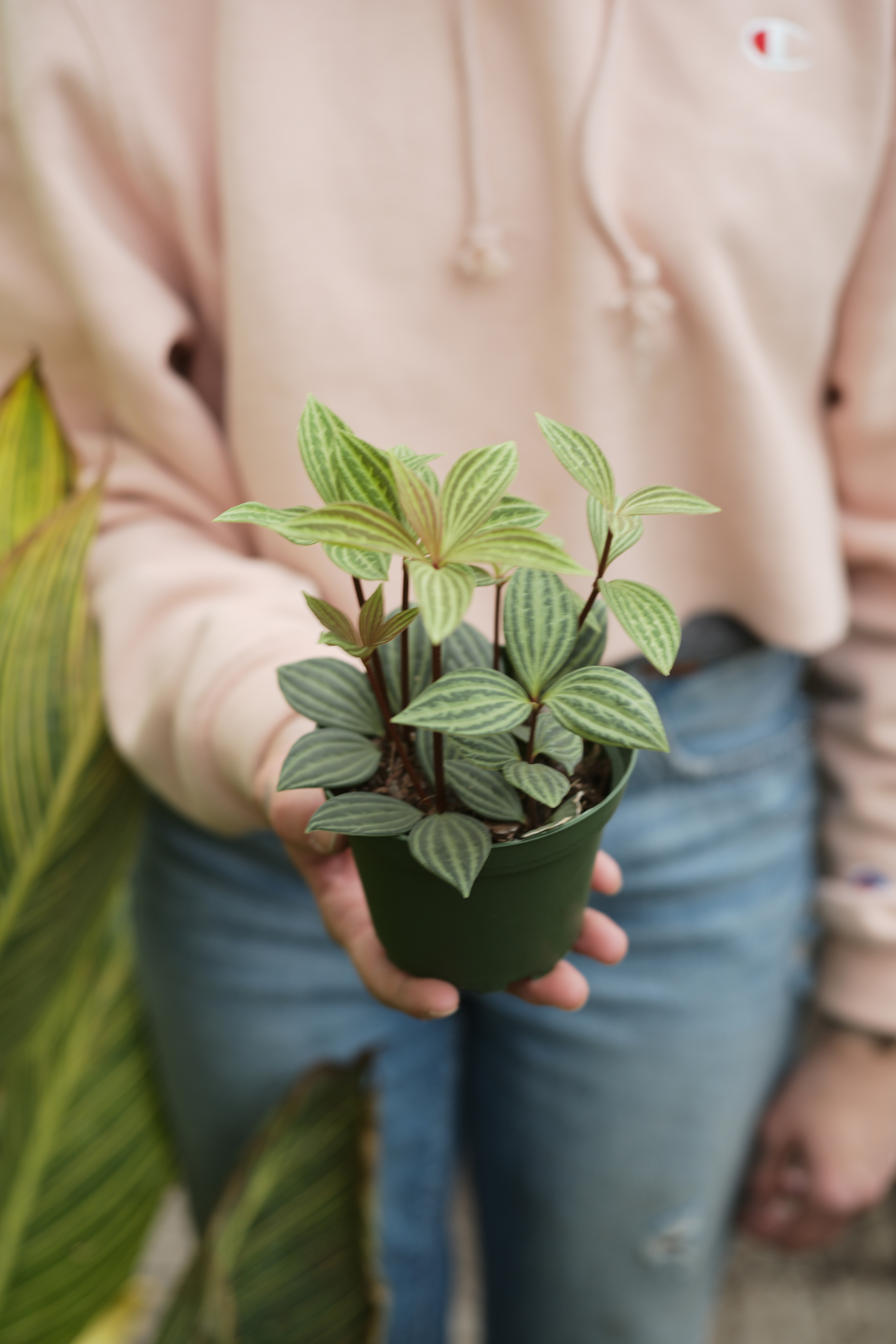
One of the easiest and most varied family of plants, Peperomia are perfect for collecting for both table top and hanging baskets. The variety of leaf shapes and colors and varied growth habits make these plants perfect to create a collection with.
Grow in medium to bright indirect light. Water when top inch or two of soil is dry.
Additional Tips for Curating a Collection
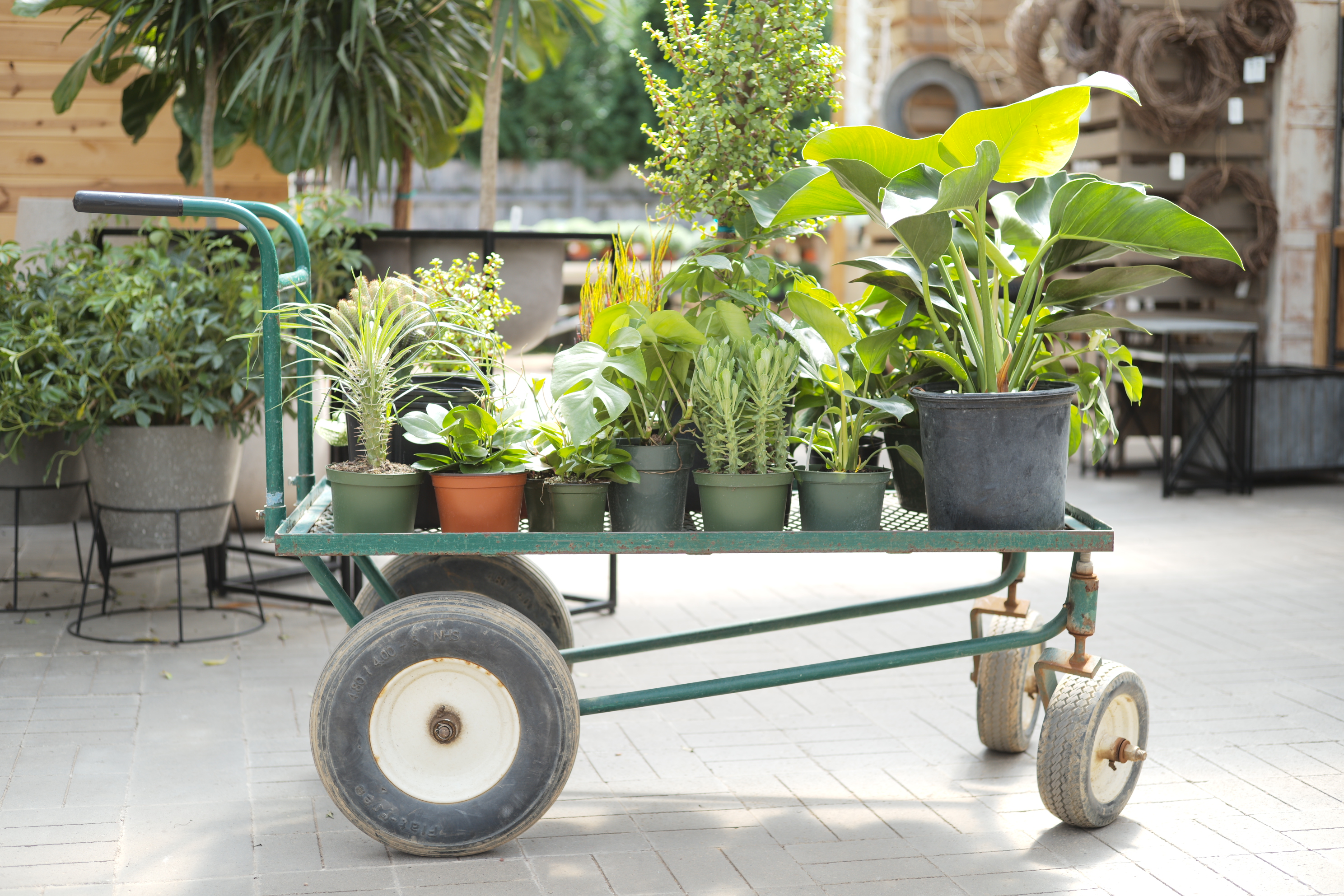
Consider your design aesthetic when choosing containers. Any plant can look great next to another one, but how will the plant housing mesh together? White, grey, and terra cotta are excellent choices for neutral or modern décor, and they can easily be mixed and matched together. Black is great for a more modern feel, and a bit of metallic or shine dresses up any décor. Of course, if you love eclectic and color, vintage containers are always an excellent option.
Know that you can always add more plants and grow your collection. But, if you’re just starting out, make sure it’s with a manageable amount of plants. Three to five, at most, if you’re brand new to parenting plants.
Happy houseplant hunting!

